Is Bamboo Bedding as Green as It Seems? Let’s Unravel the Truth.
Bamboo bedding is often marketed as soft, sustainable, and eco-friendly. But the reality is more complicated. Let’s take a closer look at what’s behind the label.
The Bamboozling Truth About Bamboo
The Chemical Transformation
In its natural state, bamboo is incredibly strong—so strong that it’s used for scaffolding in cities like Hong Kong. To turn it into ultra-soft fabric, manufacturers use harsh solvents, including carbon disulfide, which is linked to neurological and reproductive issues. While washing can remove some residues, traces may remain in the final fabric.
The Environmental Plot Twist
Bamboo is a fast-growing plant, but the process of converting it into fabric is anything but green. The chemicals used are so concerning that Canada has fined companies for falsely marketing rayon as "bamboo." Unlike natural fibers, bamboo rayon production generates toxic wastewater, contributing to industrial pollution.
The Skin Sensitivity Question
Many bamboo bedding brands claim their fabric is antimicrobial, but once bamboo is processed into rayon, it loses any natural properties the plant originally had. The final fabric is chemically treated and functionally no different from other types of rayon.
What Big Brands Don’t Tell You
The Labeling Loophole
If a product is labeled “100% Bamboo,” that should raise a red flag. The FTC requires these fabrics to be labeled as “rayon made from bamboo,” yet many brands downplay or omit this detail to appear more natural than they really are.
The Durability Dilemma
Bamboo rayon feels luxuriously smooth at first, but it’s often less durable than high-quality cotton or linen. It can pill, thin out, or break down faster, meaning those silky-soft sheets may not last as long as you expect.
The Transparency Problem
Bamboo rayon production relies on a chemical-heavy industrial process, yet many brands use vague certifications or greenwashed language to appear sustainable. Certifications like OEKO-TEX 100 only test for certain chemical residues, not the entire production process.
What Are the Real Sustainable Alternatives?
If you want bedding that’s truly good for your skin and the environment, consider these alternatives:
- Organic Cotton – Grown without synthetic pesticides or fertilizers, organic cotton gets softer with every wash and contains no chemical residues.
- Plant-Dyed Fabrics – Naturally antimicrobial and free from synthetic additives, plant-dyed textiles support skin health. AIZOME’s bedding, for example, is dyed with medicinal plants that actively benefit the skin while eliminating toxic textile waste.
- Hemp and Linen – Durable, breathable, and naturally resistant to bacteria, these materials have been trusted for centuries. They soften over time and can last for decades, making them a true sustainable investment.
The Bottom Line: Choose Authentic Sustainability
Bamboo rayon is often marketed as an eco-friendly choice, but true sustainability requires looking beyond the label. Organic cotton, plant-dyed fabrics, and time-tested materials like linen and hemp offer comfort without compromise.
If you care about what touches your skin, it’s worth asking: Do your sheets support your health, or are they just well-marketed?
For a truly sustainable bedding experience, explore alternatives that are free from synthetics and rooted in nature. What matters most to you when choosing bedding? Let’s talk.
Artwork copyright © AIZOME Textiles. All rights reserved.

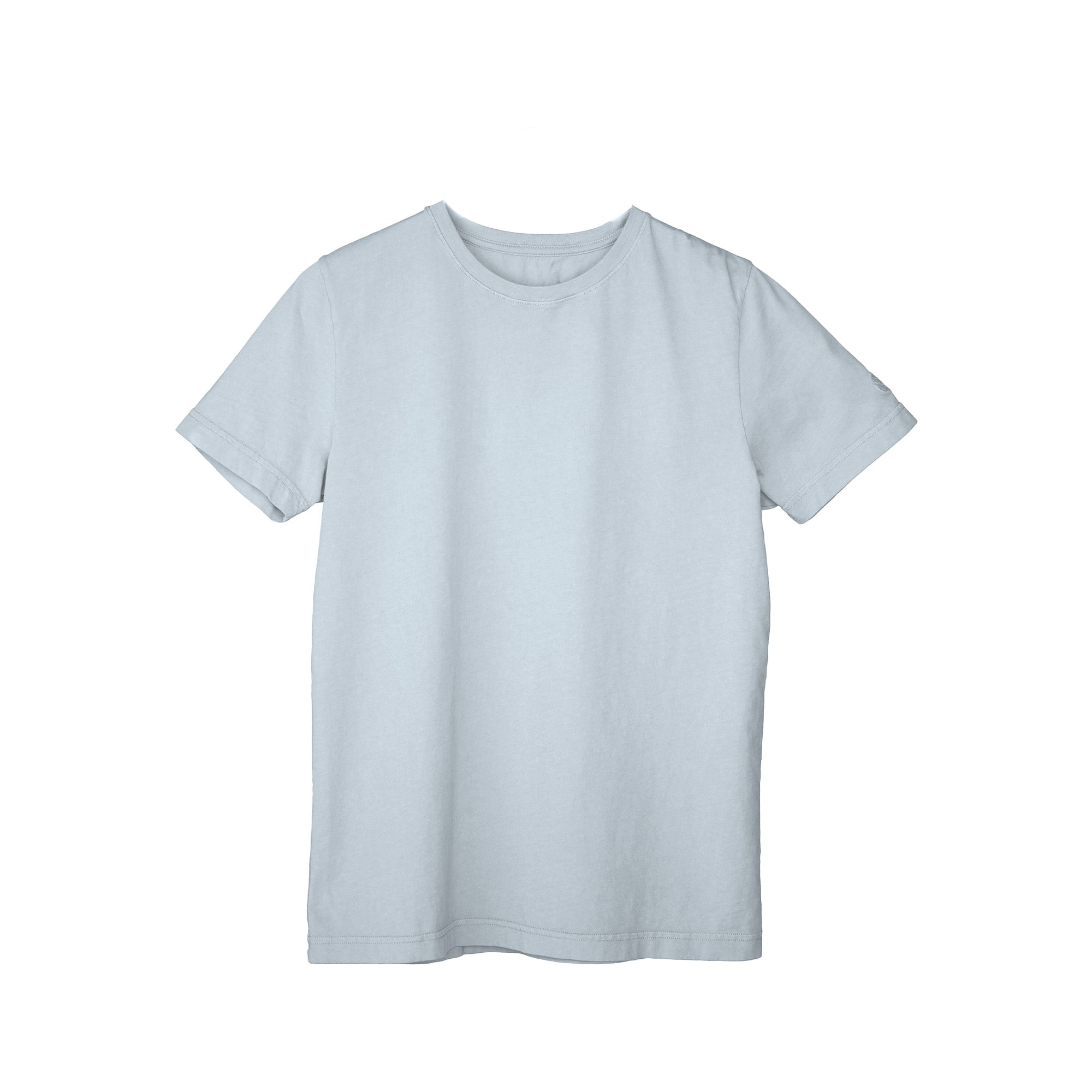

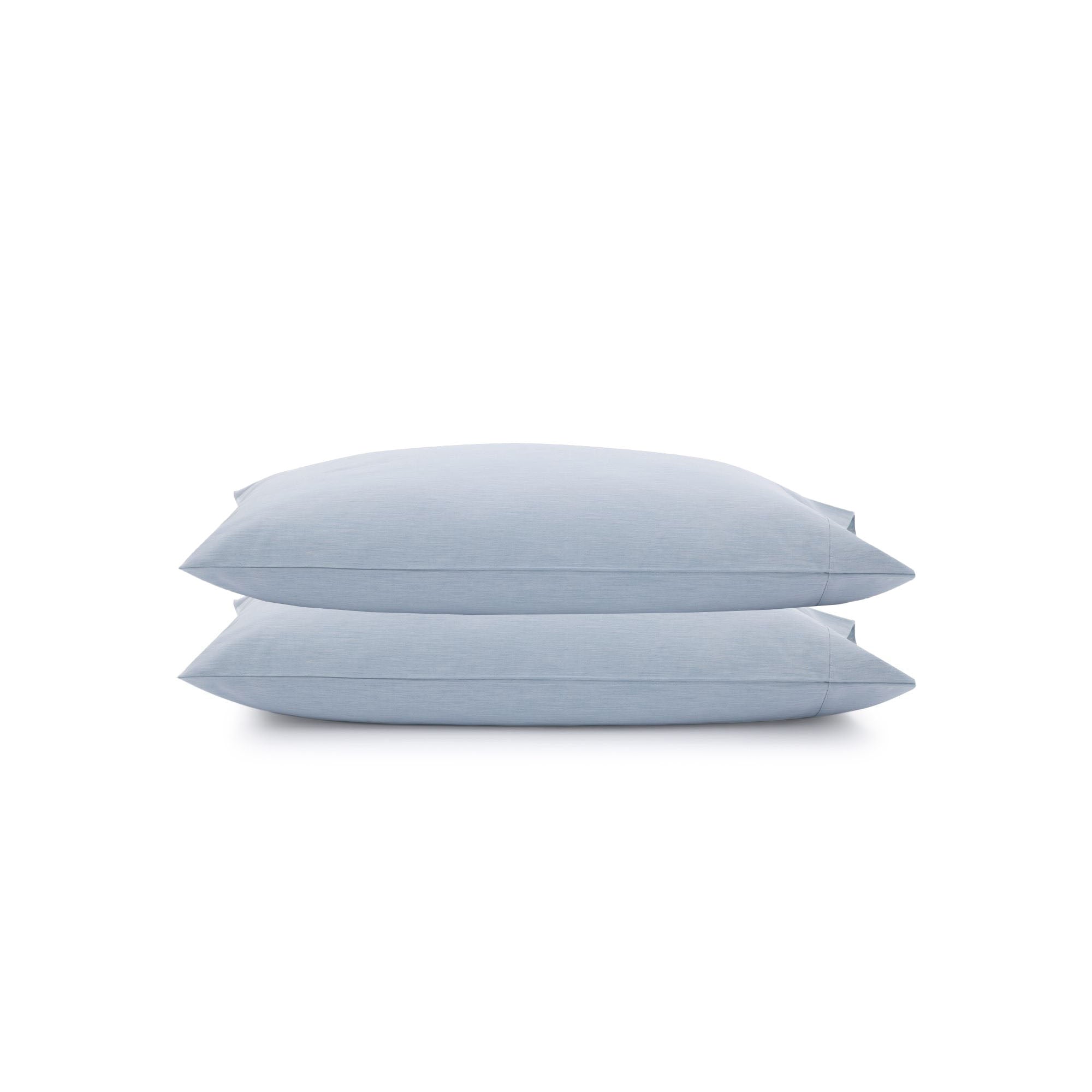
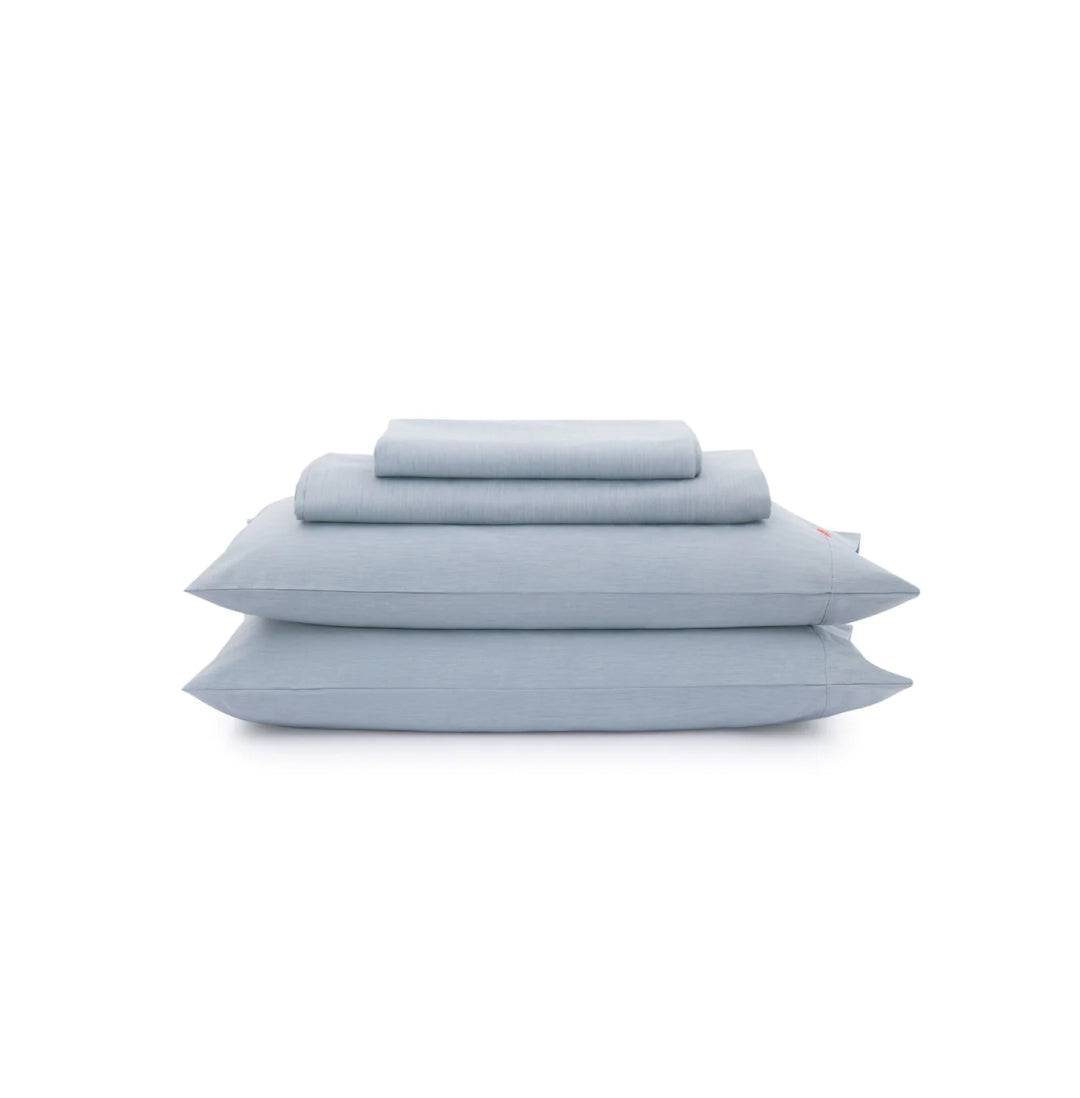
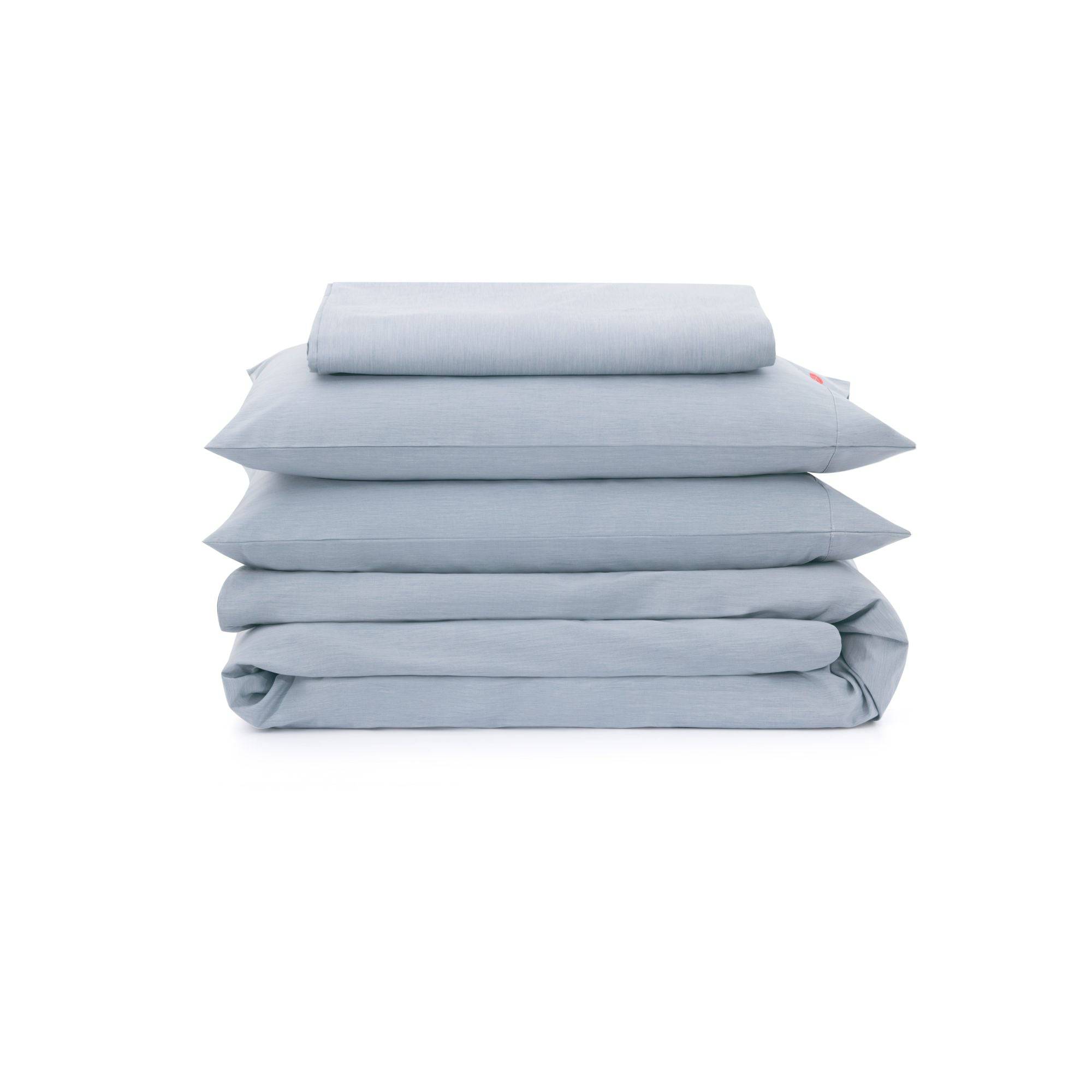
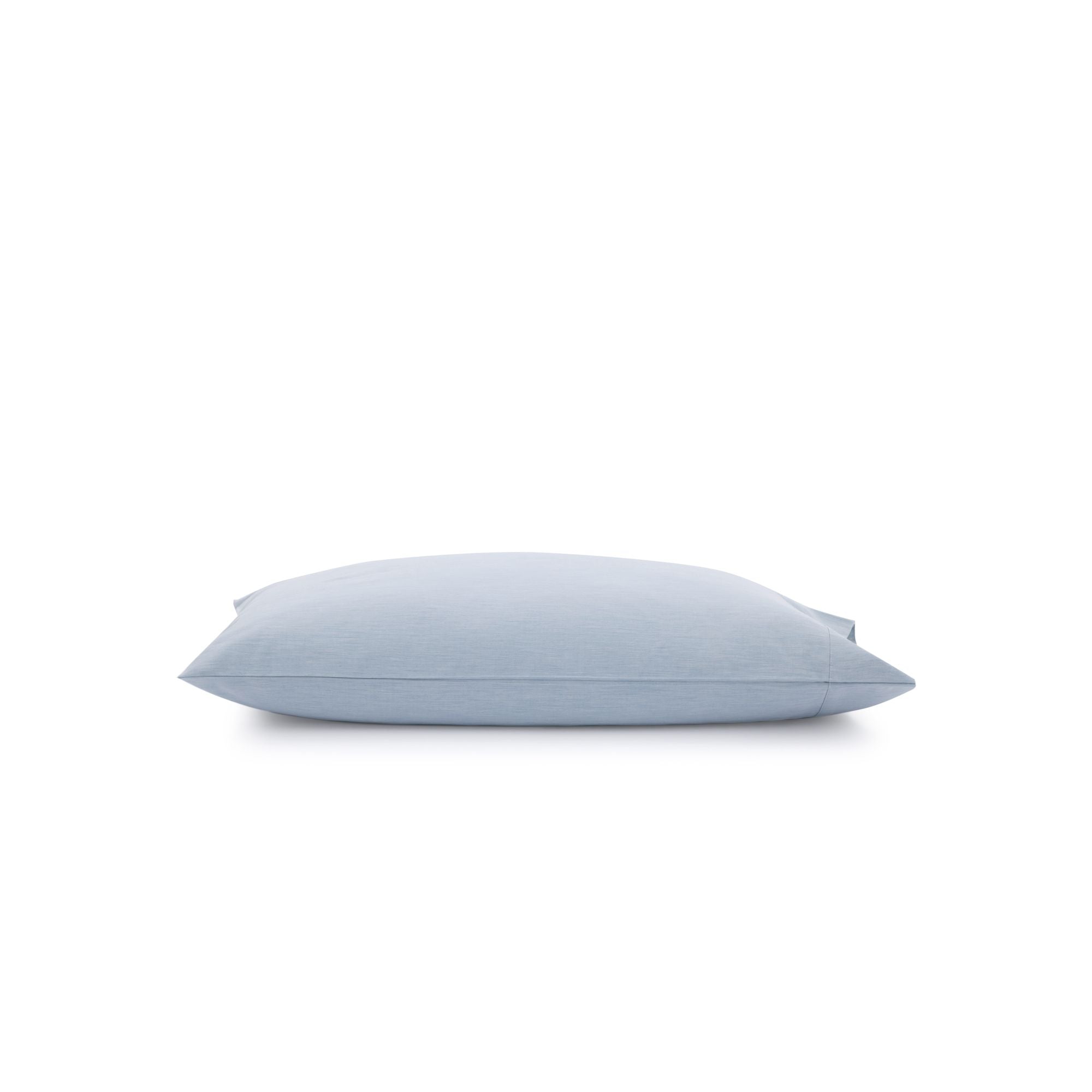
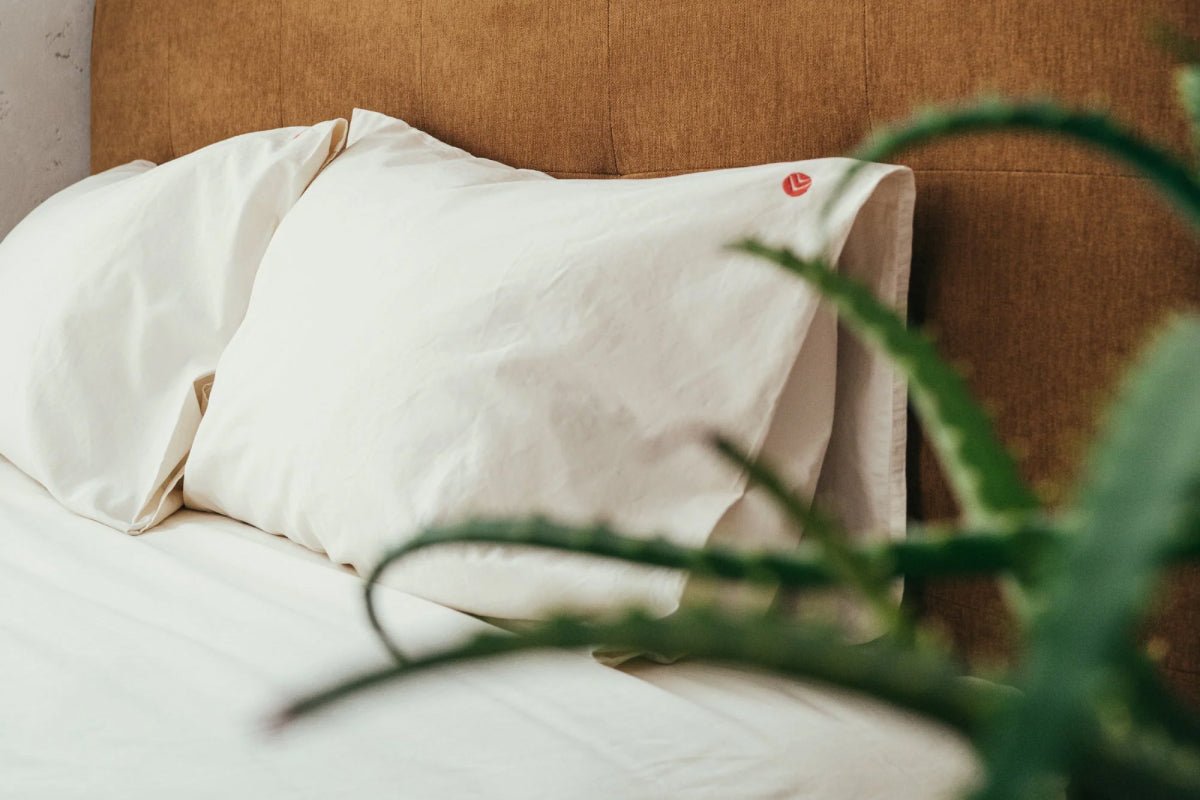 Bedding
Bedding
 Clothing & Accessories
Clothing & Accessories
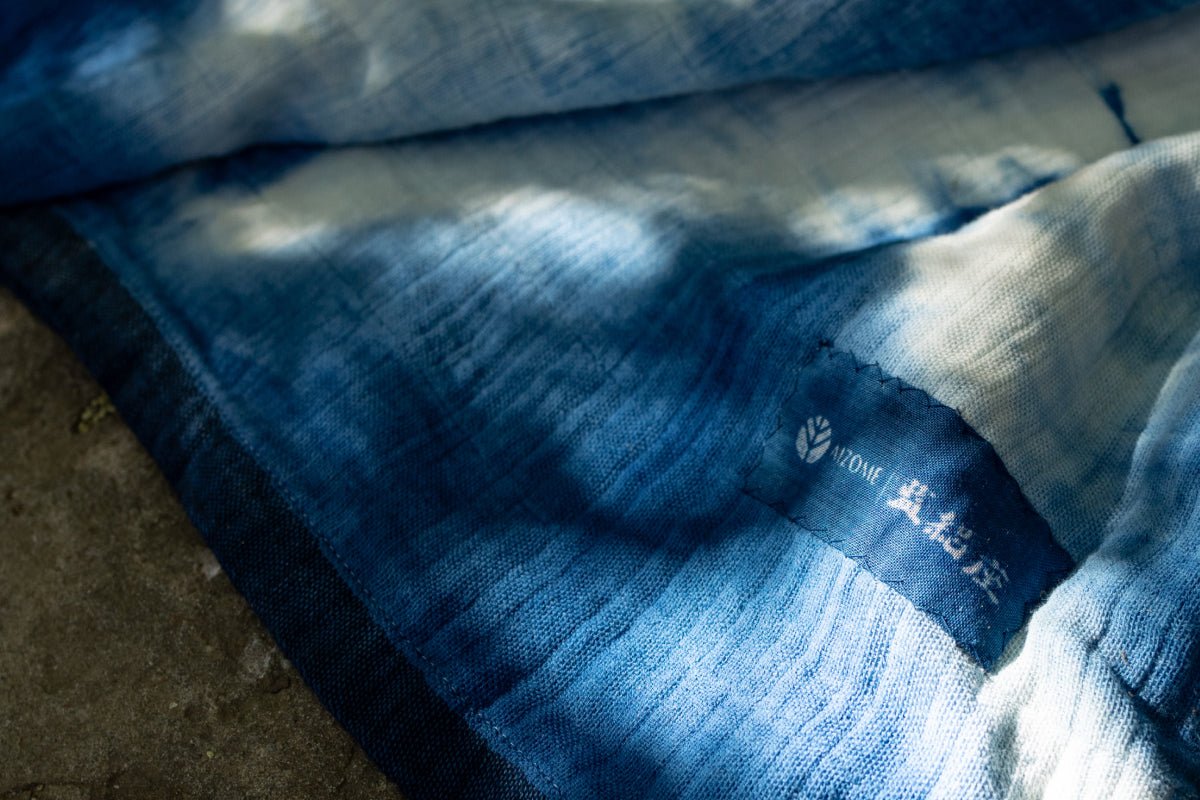 Artisan Line
Artisan Line
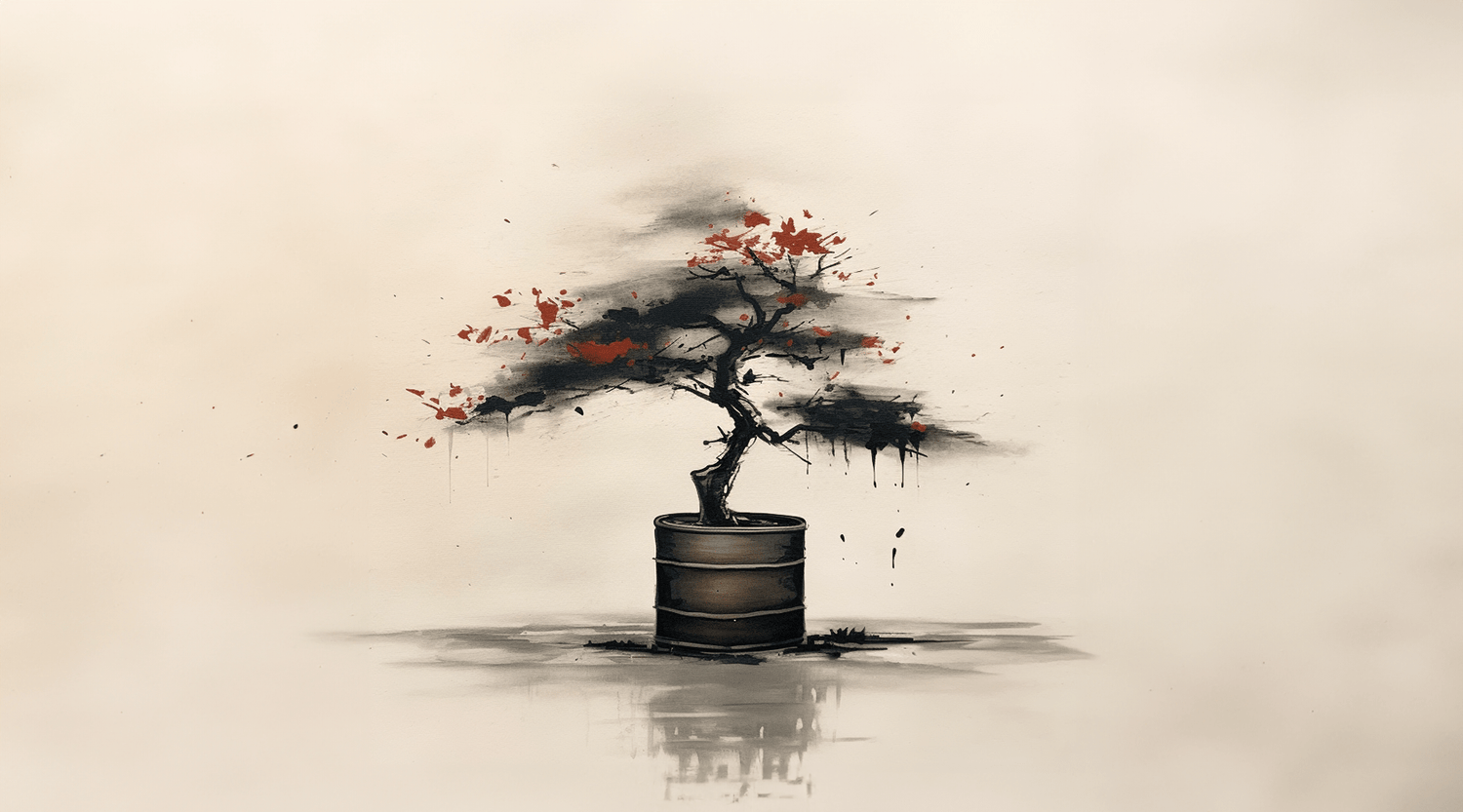

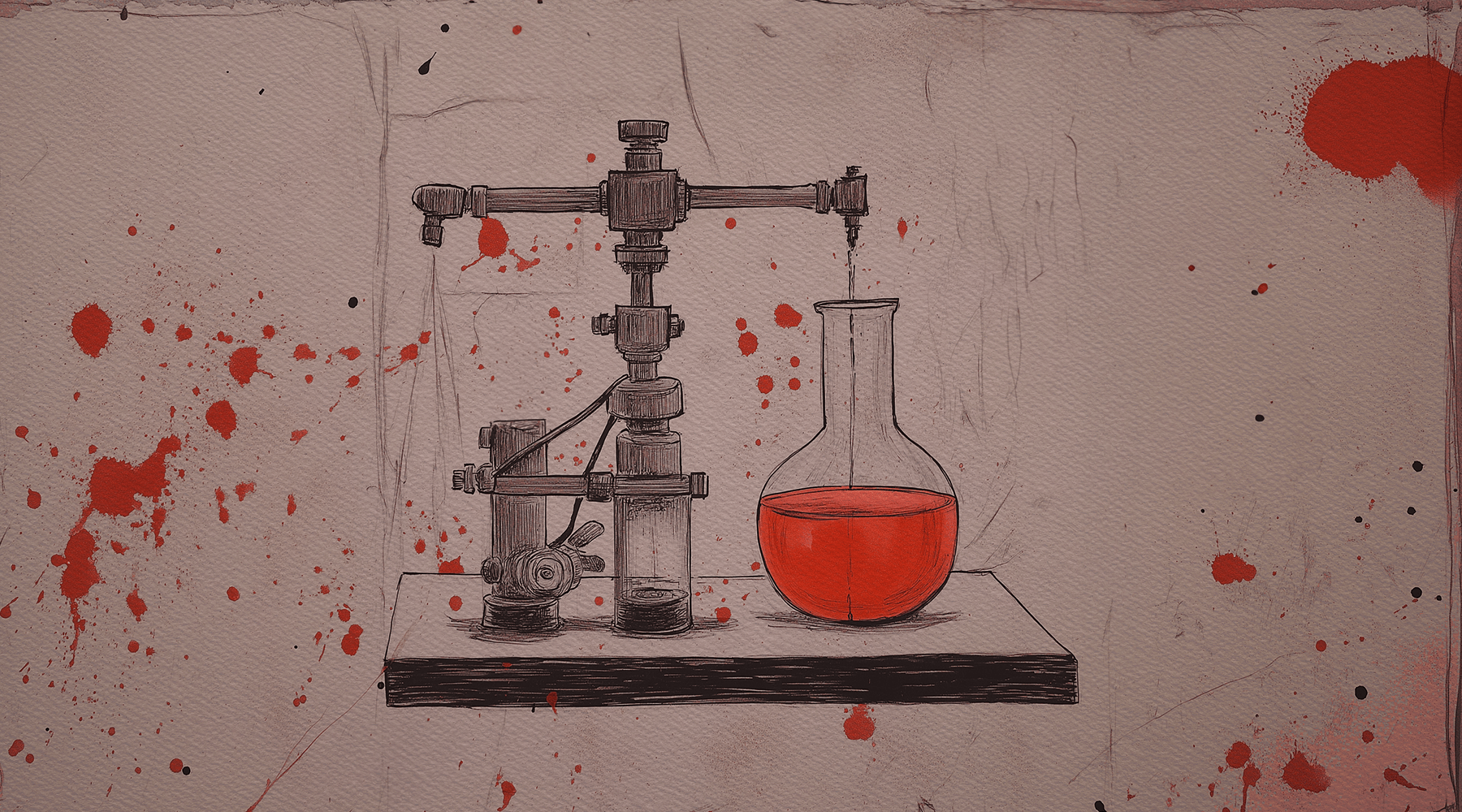
Leave a comment
All comments are moderated before being published.
This site is protected by hCaptcha and the hCaptcha Privacy Policy and Terms of Service apply.